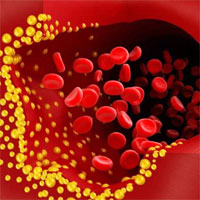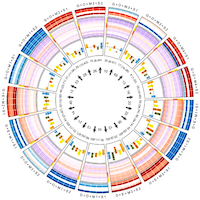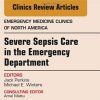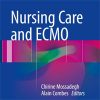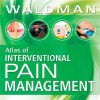Clinical and Pathophysiologic Aspects of ECMO-associated Hemorrhagic Complications
journals.plos.org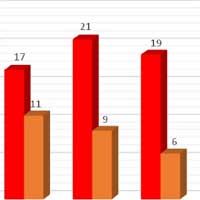
Extracorporeal membrane oxygenation (ECMO) is increasingly used to treat severe cases of acute respiratory or cardiac failure. Hemorrhagic complications represent one of the most common complications during ECMO, and can be life threatening. The purpose of this study was to elucidate pathophysiological mechanisms of ECMO-associated hemorrhagic complications and their impact on standard and viscoelastic coagulation tests.
The study cohort included 27 patients treated with VV-ECMO or VA-ECMO. Hemostasis was evaluated using standard coagulation tests and viscoelastic parameters investigated with rotational thromboelastometry. Anticoagulation and hemorrhagic complications were analyzed for up to seven days depending on ECMO duration. Hemorrhagic complications developed in 16 (59%) patients. There were 102 discrete hemorrhagic episodes among 116 24-hour-intervals, of which 27% were considered to be clinically significant.
The highest number of ECMO-associated hemorrhages occurred on the 2nd and 3rd day of treatment. Respiratory tract bleeding was the most common hemorrhagic complication, occurring in 62% of the 24-hour intervals. All 24-hours-intervals were divided into two groups: “with bleeding” and “without bleeding”.
The probability of hemorrhage was significantly associated with abnormalities of four parameters: increased international normalized ratio (INR, sensitivity 71%, specificity 94%), increased prothrombin time (PT, sensitivity 90%, specificity 72%), decreased intrinsic pathway maximal clot firmness (MCFin, sensitivity 76%, specificity 89%), and increased extrinsic pathway clot formation time (CFTex, sensitivity 77%, specificity 87%).

